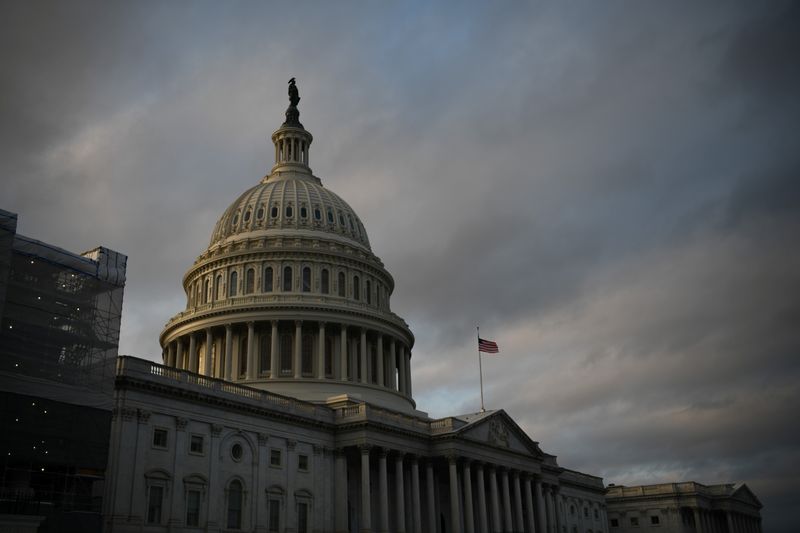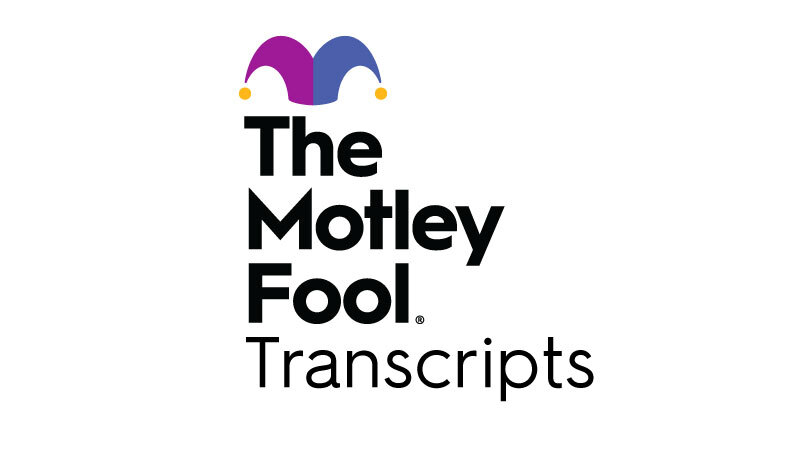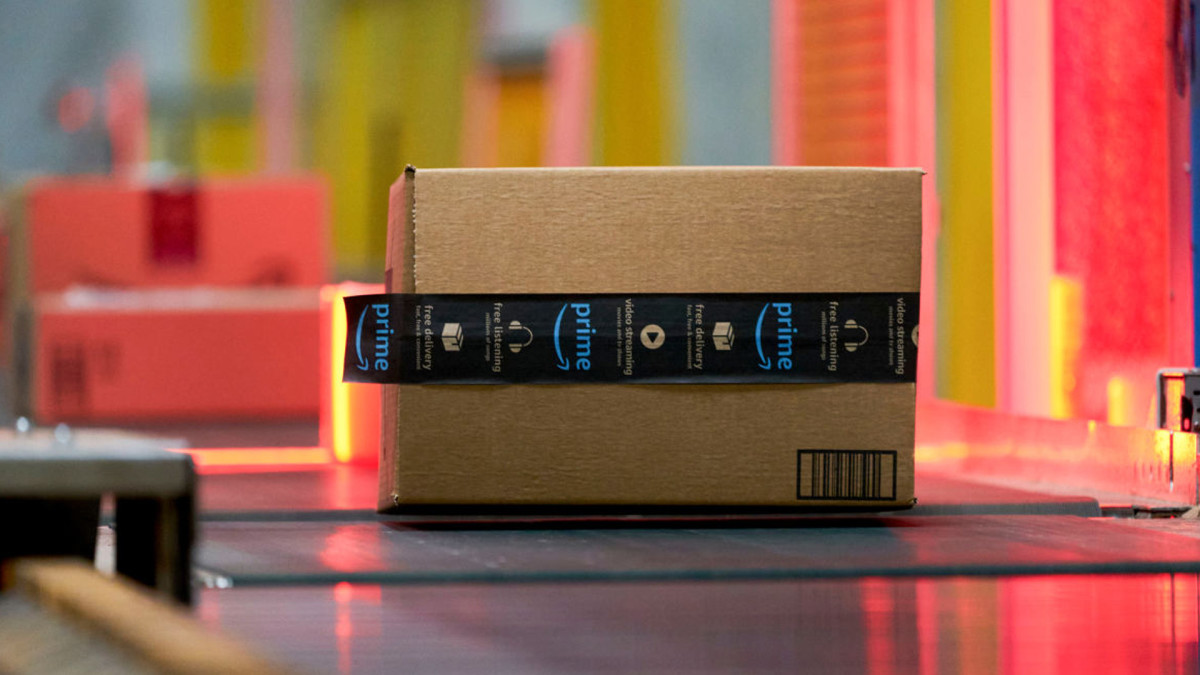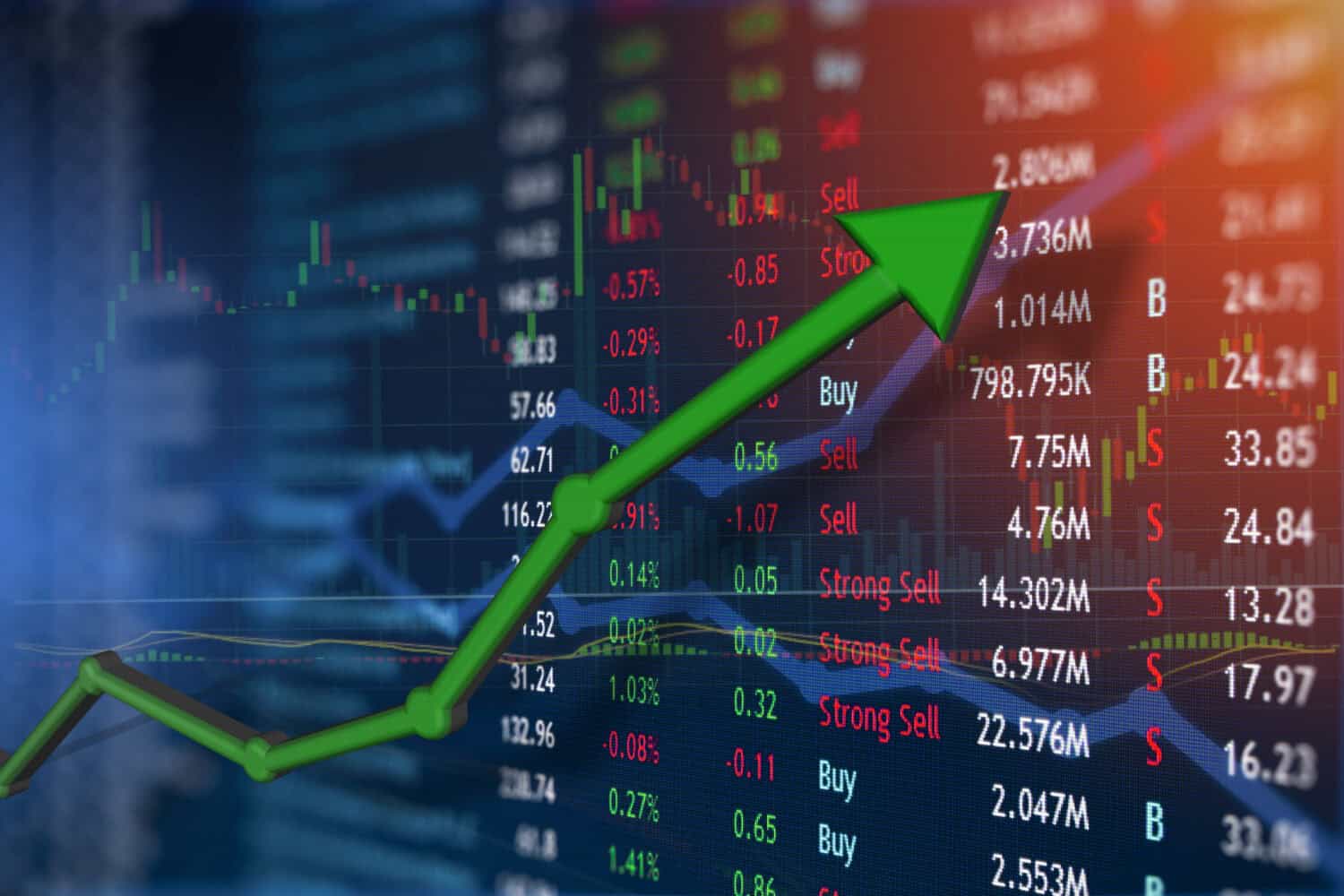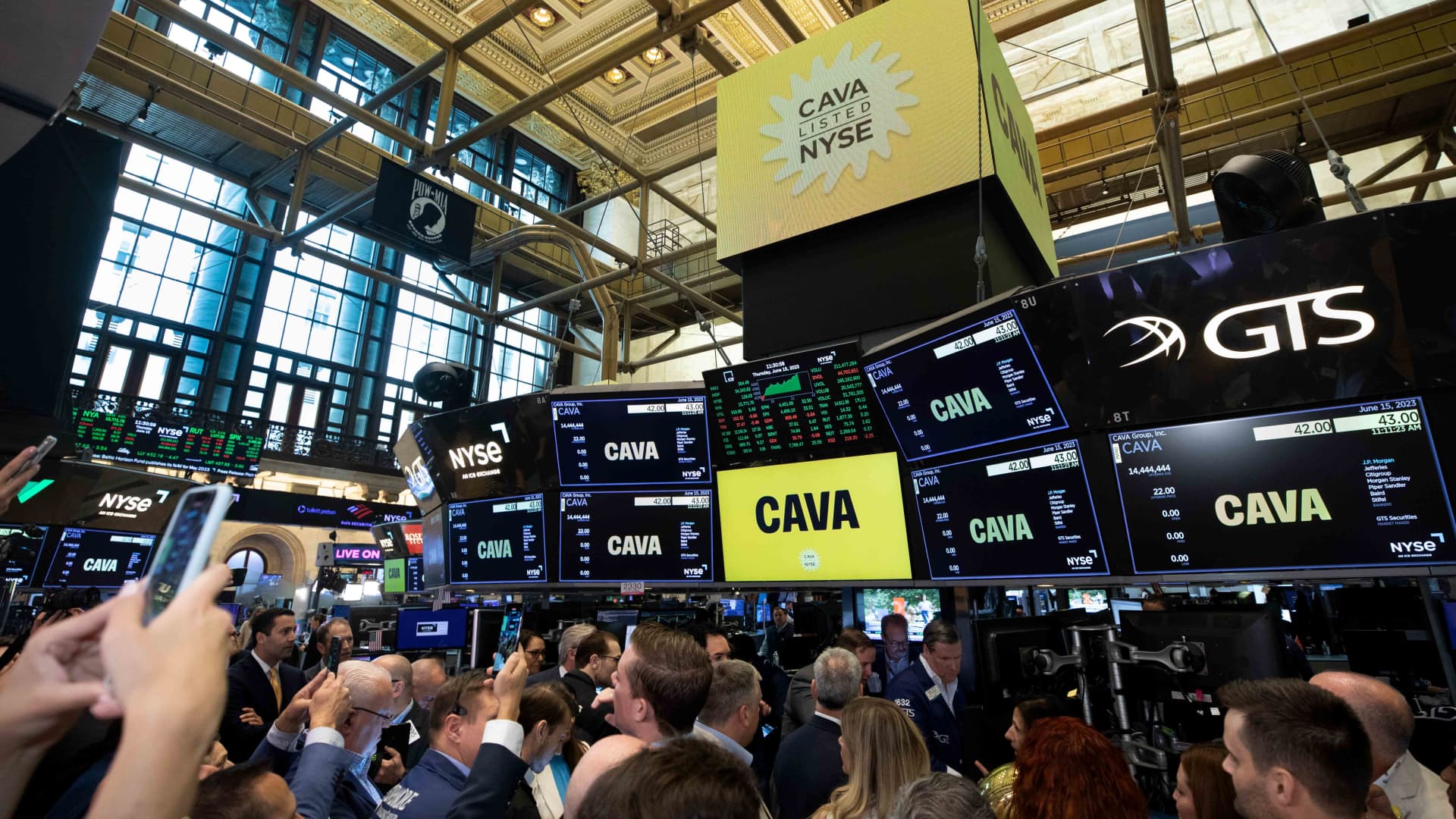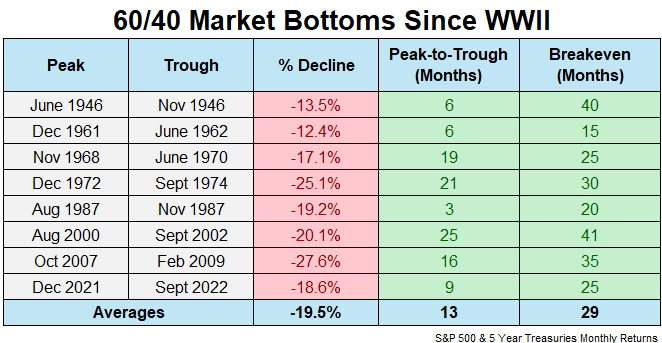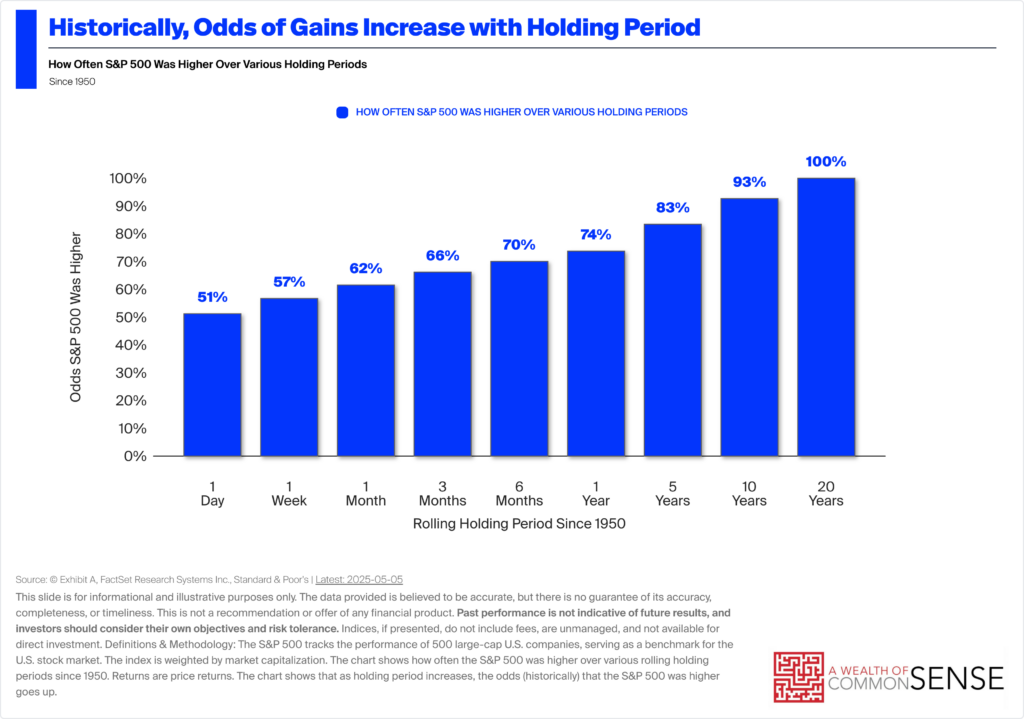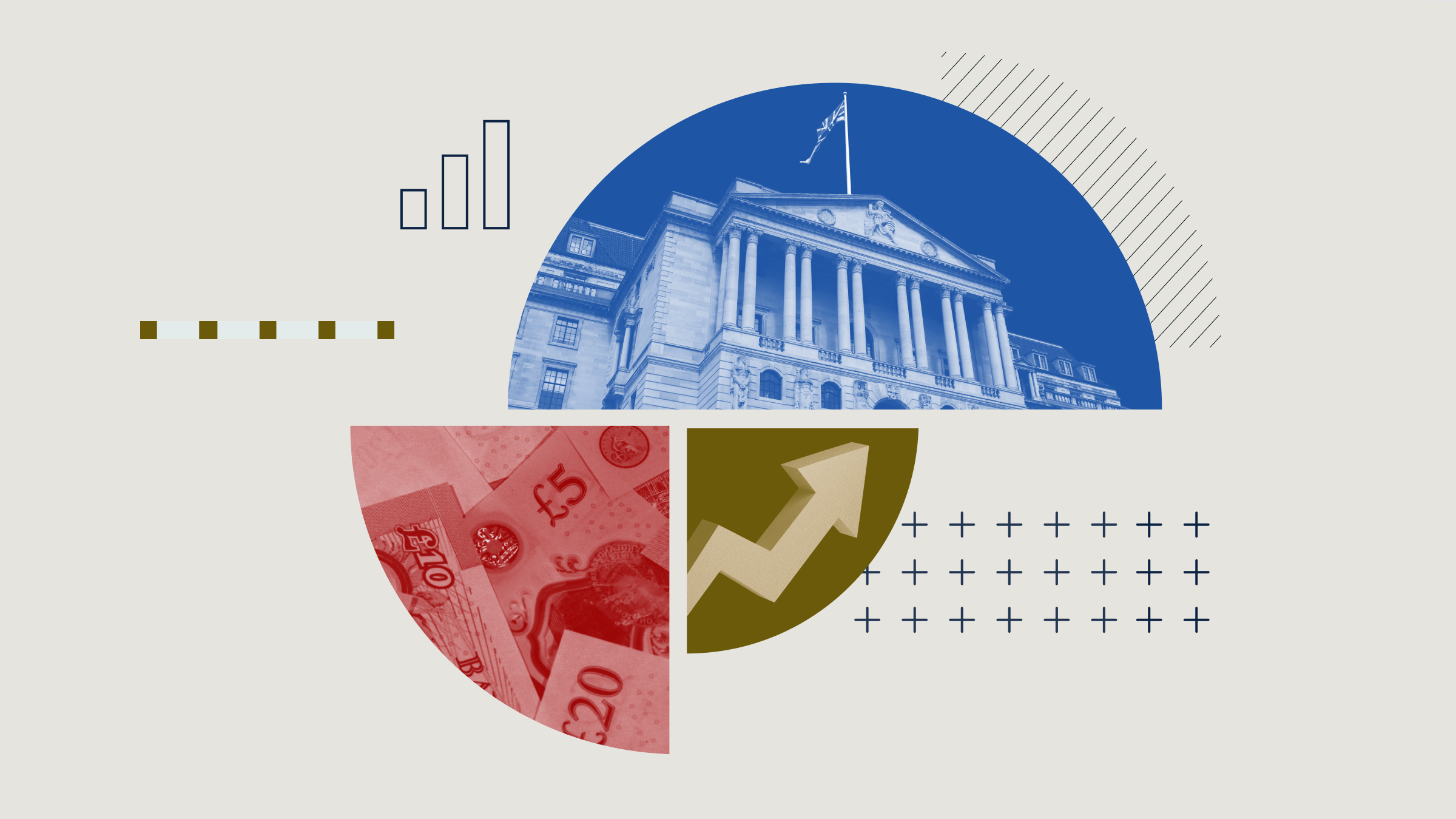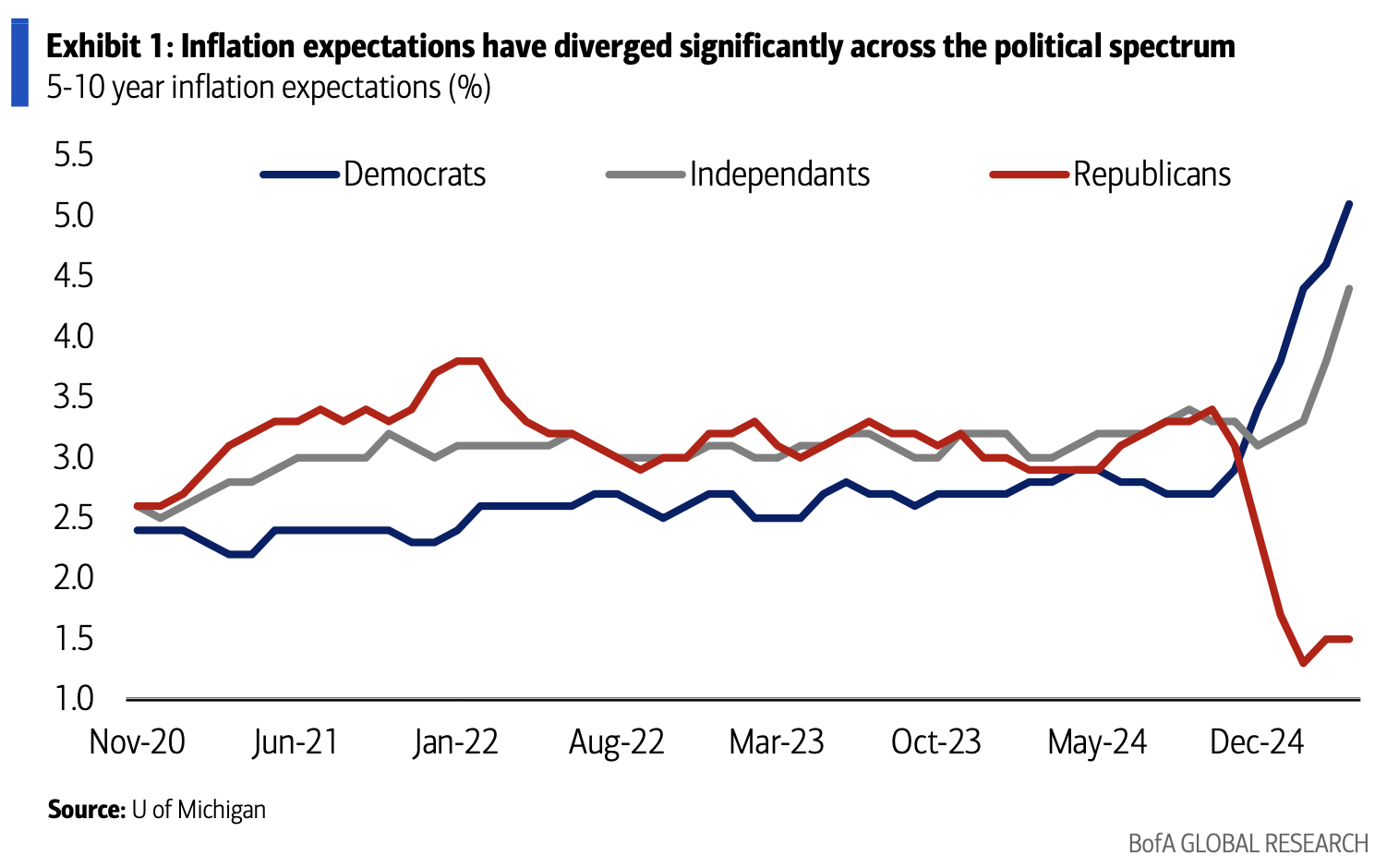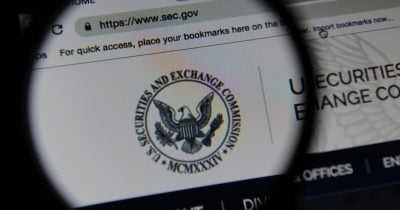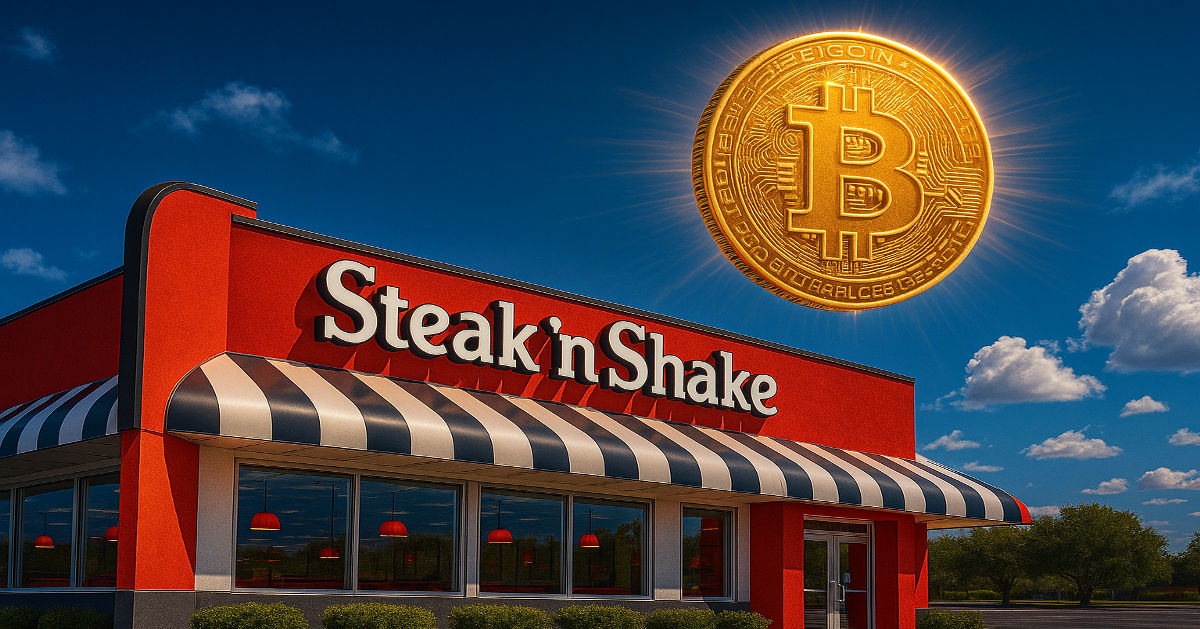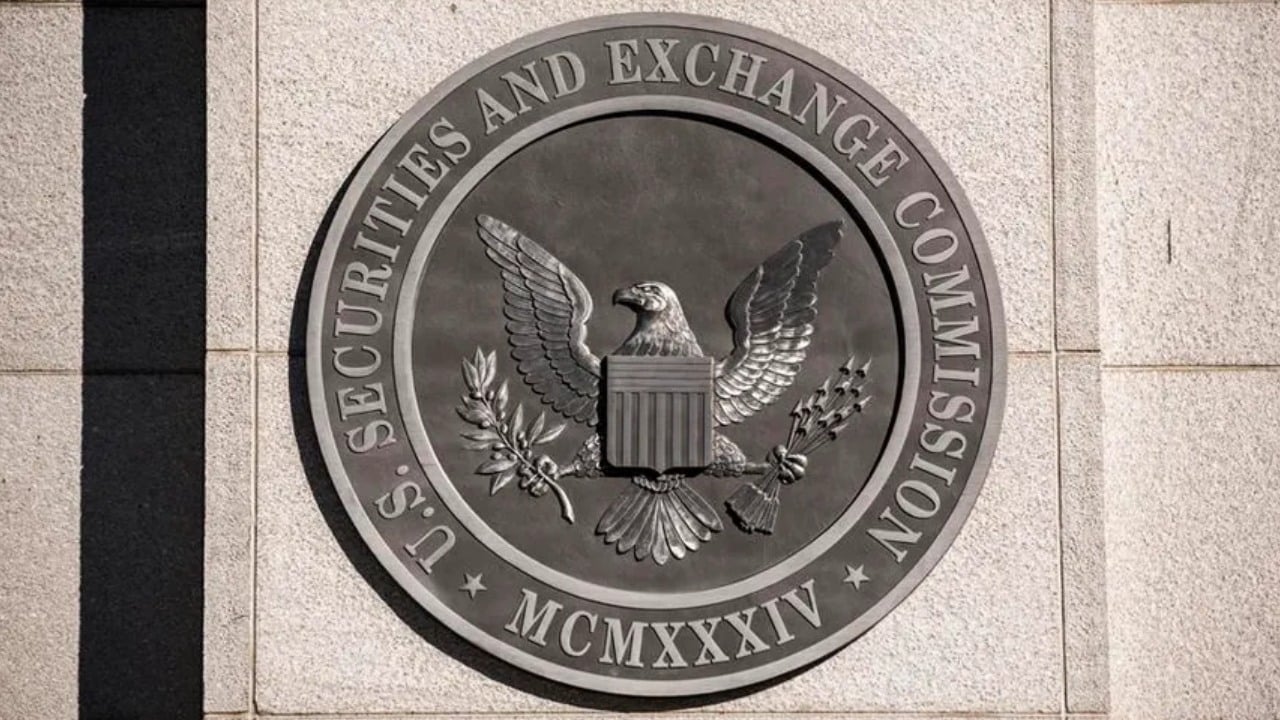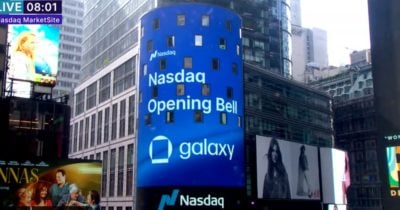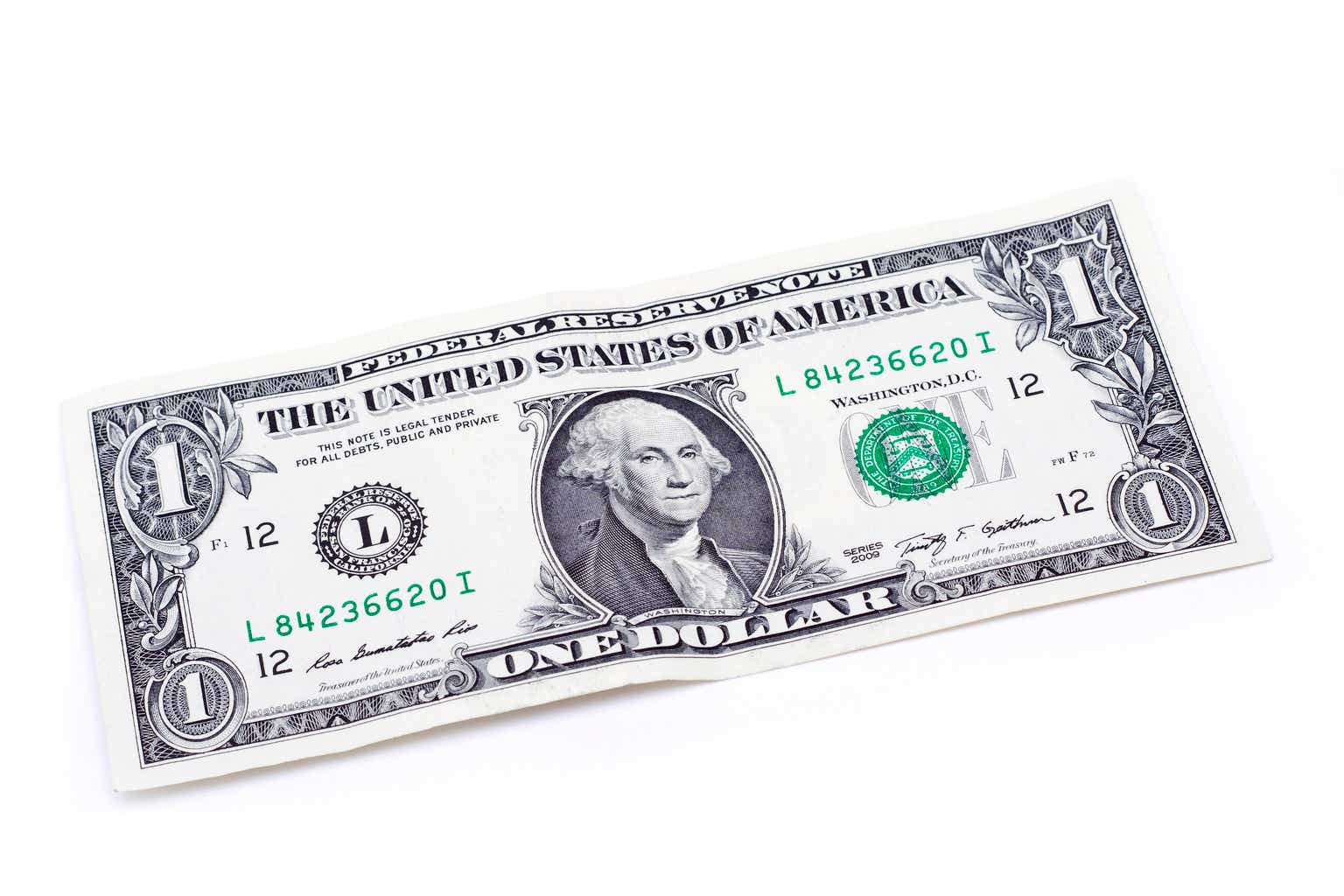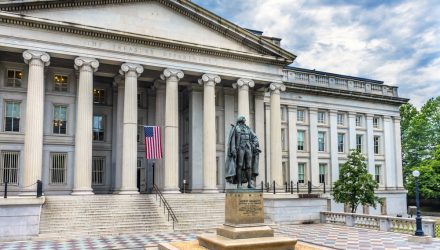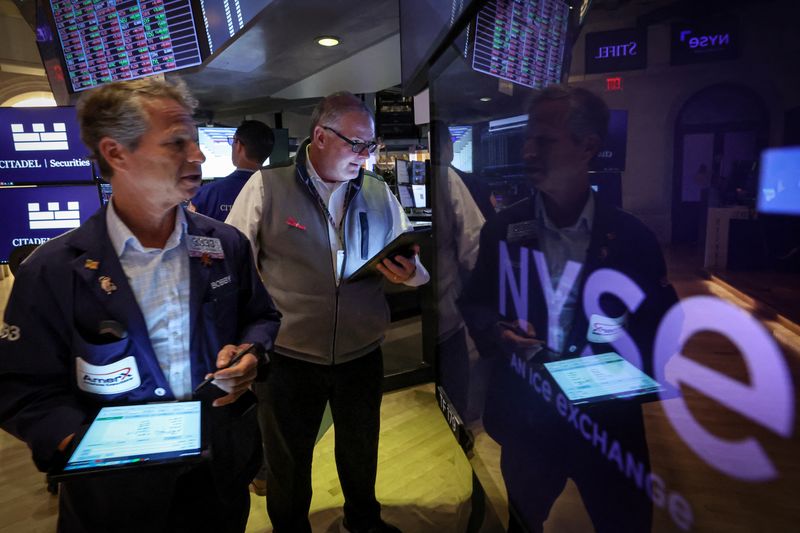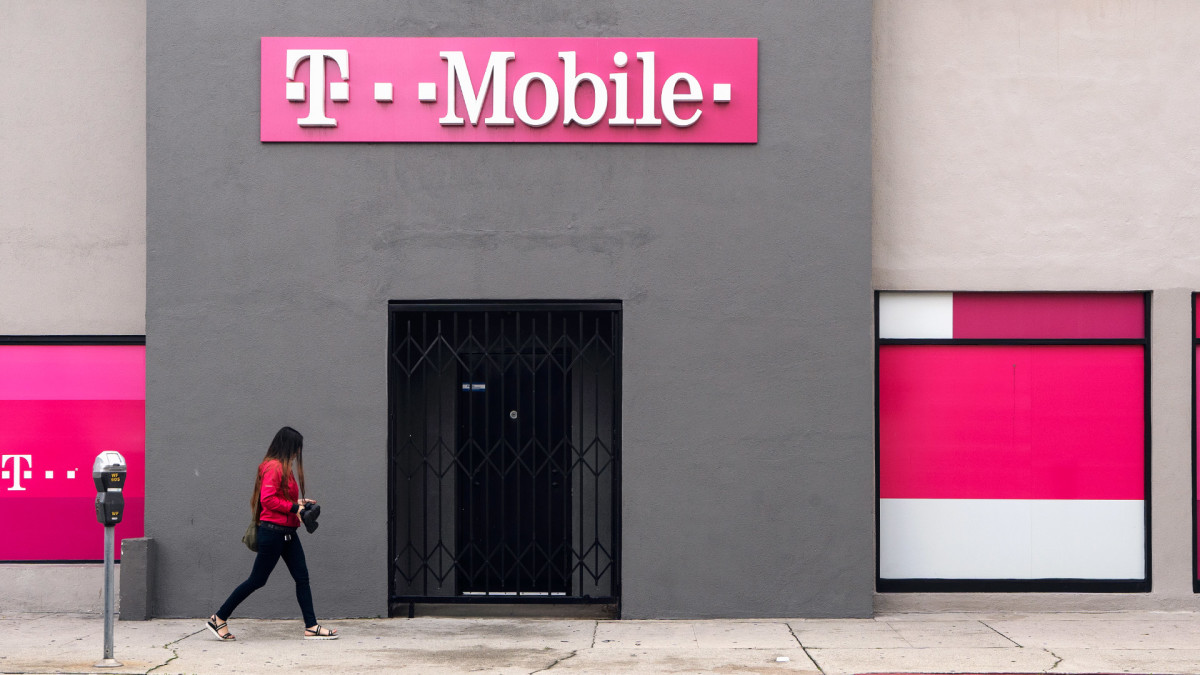Stock Market Today: S&P 500 posts fifth straight gain on easing trade woes
A big cable deal, housing starts, and a transit strike in New Jersey may affect markets. But is the market getting too rich?

Updated 4: 34 p.m. ET by Rob Lenihan
Stocks ended higher on Friday, with the S&P 500 marking its fifth straight gain, driven by easing in US-China trade tensions.
The Dow Jones Industrial Average advanced 331.99 points, or 0.78%, to finish the session at 42,654.74, while the S&P 500 rose 0.70% to end at 5,958.38 and the tech-heavy Nasdaq gained 0.52% to close at 19,211.10.
For the week, the S&P 500 surged 5.3%, the Dow gained 3.4, and the Nasdaq jumped 7.2% this week, according to CNBC.
Louis Navellier, chairman and founder of Navellier & Associates, said it appears that President Trump made a conscious choice to execute a “maximum pain” strategy early in 2025 so that he can focus on more market-friendly policies going into a mid-term election year.
"If the trade deal news flow improves and U.S. economic data holds up," he said, "the S&P can easily reach 6,600 by year end, if not 7,000, based on how successful the Trump administration is with its tax reform strategy and deregulation, which are seen as fiscal stimulus by most investors."
Updated 3: 55 p.m. ET
The rally puts on a spurt
Stocks were rising in mid-afternoon trading, with gains in healthcare, utilities driving the Standard & Poor's 500 index.
At 3:55 p.m. ET, the S&P 500 was up 35 points to 5,952. the Dow Jones industrials were up 315 points to 42,638, and the Nasdaq Composite Index had added 81 points to 19,200.
A big fuel for the Dow's rally has been UnitedHealth Group (UNH) , up 6.6% to $290.97. That was good for 40 points of the Dow gain on Friday.
UNH slumped this week after its CEO left and The Wall Street Journal reported the company is being probed possible medicare fraud.
Despite Friday's gains, the shares look headed for a 23.6% loss on the week.
Meanwhile, the S&P 500 is looking at a 6.8% gain just for the first two weeks of May. The Dow is up 4.7%. The Nasdaq and Nasdaq-100 indexes are both well above 9%.
For the week, the S&P 500 is up 5%, with the Dow up 3.3% and the Nasdaq up nearly 7%.
Thank the cooling of trade tensions between the United States and China for the week's buying revival.
Ah, but there's something to watch
The market's big gains since the April 8 bottom have proven so strong that the stock market is starting to look, well, a little overbought.
The relative strength indexes for the Nasdaq Composite and the Nasdaq-100 index both topped 70 Friday afternoon.
A relative strength index measure look at how fast the value of an investment in increasing. A rapid run-up will push the RSI higher, and, if it tops 70, it's time to watch to see if the gains make a stock or index vulnerable to a sudden sell-off.
The RSI for the S&P 500 was just above 69, a bit rich, and the RSI for the Dow Jones Industrial Average was at 63, a little rich but not starting to be concerning.
The last time the Nasdaq-100's RSI was above 70 was in July 2024, when it hit 75 and then pullback.
Watching is fine for now. If RSIs close in on 80, then you need to worry about a selloff.
We should note that the 10-year Treasury yield was up 4.4% from Thursday's 4.435%. That won't cheer home buyers who really want to see mortgage rates, now just below 7%, drop close to 6%.
Crude oil added 43 cents to $62.05 per 42-gallon barrel.
Stocks see small gains
Stocks are modestly higher Friday morning with the Standard & Poor's 500 Index looking to finish higher for a fifth straight day.
At 11 a.m. ET, the S&P 500 had gained 1 point to 5,918. The Dow Jones Industrial Average was up 17 points to 42,340, and the Nasdaq Composite was off 17 points to 19,095.
The gains come as housing starts were a touch weaker from March but close to expectations. And investors shrugged off a weak report on consumer confidence from the University of Michigan.
Bond yields were slightly lower, with the 10-year Treasury at 4.425%, down slightly from Thursday. The 10-year note is a key determinant of mortgage rates.
A 30-year mortgage will run a buyer nearly 7% with a 20% downpayment. That's too high, said Logan Mohtashami, lead analyst with HousingWire. If mortgage rates can get close to 6%, he said in a CNBC appearance, activity should perk up.
Housing starts in April at 1.36 million units (on a seasonally adjusted annual rate) were up slightly in March from April but still off 1.7% from 2024.
The preliminary April University of Michigan Consumer Sentiment Survey showed little change in from March, but tariffs were top of mind for all respondents, Democrat or Republican.
But much of the data was collected before Monday's announcement that China and the United States had agreed to suspend the worst of their tariffs for 90 days.
But tariffs will be higher, and companies are beginning to warn — grudgingly — that they will probably be forced to raise raises prices some time this year.
A big deal announcement to excite investors: Charter Communications (CHTR) and privately held Cox Communications agreed to merge in a deal valued at as much as $36 billion. Charter shares were up 2.3% at $428.86.
Healthcare, consumer staples, real estate and utilities were leading the S&P 500. Super Micro Computer (SMCI) , Moderna (MRNA) , Fiserv (FISV) and Adobe (ADBE) were the S&P 500 leaders.
Commuters traveling into New York were scrambling after engineers with New Jersey Transit went on strike early Friday. The stoppage affected some 100,000 daily rail commuters, businesses across the New York metropolitan area.
S&P 500 looks toward fifth straight gain
Stocks were looking to a positive open on Friday as the post-tariff panic continues to subside.
The Standard & Poor's 500 Index was looking at a 18-point gain in futures trading. The index was up for a fourth straight day on Thursday and is up about 22% from its lows after President Donald Trump's April 2 tariff reveal set off a violent market selloff.





